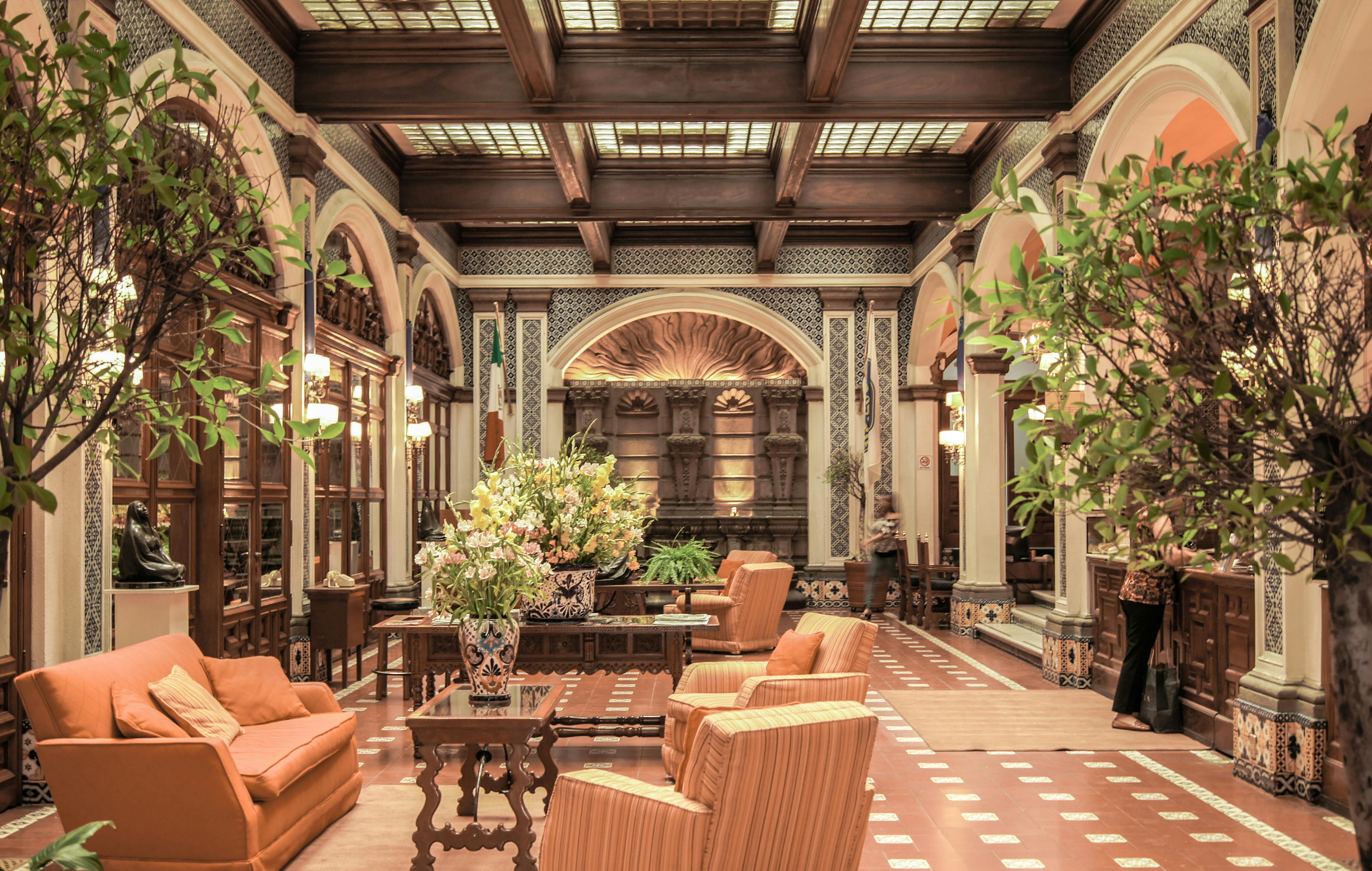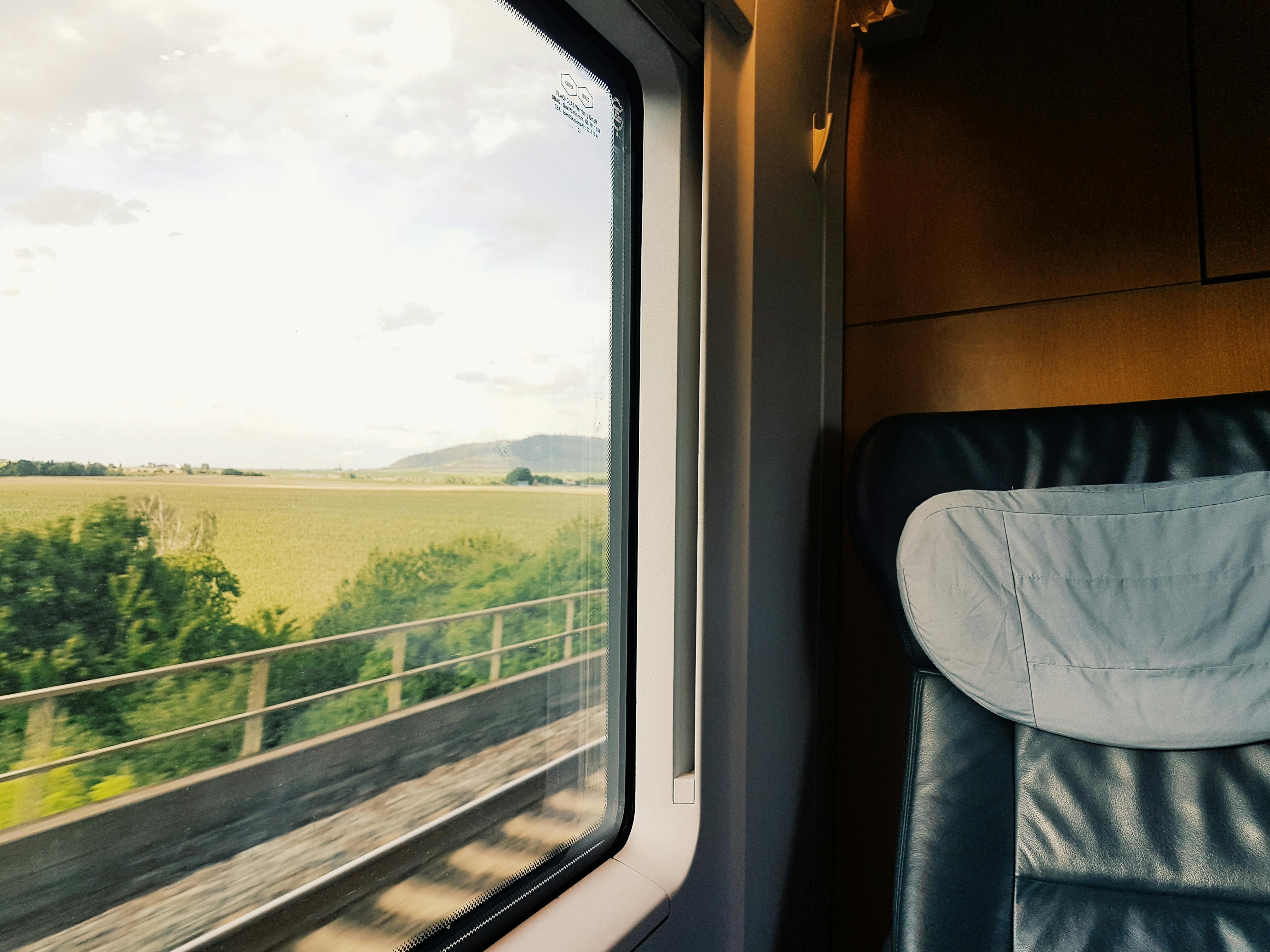Kampala, basically known as ‘The Green City in the Sun’, is a magnificent city, the largest and liveliest city in the country of Uganda. Kampala, the administrative capital of Uganda, regained its status as the capital city of Uganda after independence in 1962. The town near Lake Victoria to the south represents both colonial and modern architecture, with historical and folkloric facts and as a once a Ideal habitat for “Impala”, the city was known as the “Hill of Impala”, which translates in Luganda as “Kasozi K’empala” and finally “Kampala”.
Located at an altitude of 1,180 m above sea level, Kampala has a population of about 2 million spread over the 21 hills on which the city sits. Since then, the city has expanded from a 19 square kilometer village to become the “city of 7 hills”.
The hills that make up Kampala include: Old Kampala Hill, which stands at 4,000 feet above sea level, is a mix of suburban and industrial area with mostly Indian-style buildings. Main Attractions: Includes the fort built by Captain Fredrick Lugard near the old Kampala Mosque and the headquarters of the Supreme Muslim Council of Uganda.
Mengo Hill, which sits 4,000 feet above sea level, got its name from “Mengo,” a Luganda word meaning grinding stones. The story goes that the inhabitants of the Ssesse Islands who settled on this hill used stones to prepare food on the grill. Main Attractions: Kabaka Palace (King’s Palace), Kabaka Lake which is the largest man-made lake in the country with a wide range of bird species, the 1900 Agreement between the Kabaka of Buganda and British colonial officers was signed in Mengo, the three lakes of Kisingiri 100-story house with more than 100 years old and more than 100 giant tortoises imported from the Seychelles Islands.
Namirembe Hill, which stands 4,134 feet above sea level, was named after “Mirembe” which means “Peace.” Main attractions: St. Paul’s Cathedral, Kasubi Tombs – Royal Burial Ground for the Kings of Buganda, Uganda’s first hospital-mengo Hospital started by Sir Albert Cook, Bulange-Buganda Parliament and Sanyu baby home, an orphanage.
Rubaga Hill, which stands 4,134 feet above sea level, derives its name from “Kubanga” meaning “Plan.” The Baganda generals planned their wars on this Hill. Main attractions: Rubaga Cathedral, Memorial Hall of Pope John Paul VI, Cemetery of the first bishop of the country and the first black archbishop south of the Sahara.
Nakasero Hill, which stands at 4,134 feet above sea level, is a residential area and business district. Main attractions: Government House, main hotels and shopping centers. Kololo Hill, which is 4,305 feet above sea level, is a residential area with beautiful houses and well-planned roads. Main attractions: Kololo airstrip, with a cemetery for “national heroes”
Kibuli Hill is the home of the Muslims. Main Attractions: Kibuli Mosque and Kibuli Hospital
Nsambya Hill, which stands at 4,010 feet above sea level, is known as the home of the parents of Mill Hill. Main attractions: St. Peters Pro-Cathedral and Nsambya Hospital.
Naguru Hill (4,331 ft), Mbuya Hill (4,269 ft), Mulago Hill (4,134 ft) is home to Mulago Hospital and the Uganda Museum, Makerere Hill (4,188 ft) houses Makerere University, Buziga Hill (4,322 ft) and Muyenga Hill (43,285 ft) are residential areas for the upper class, Mutundwe Hill (4,312 ft), Mutungo Hill (4,208 ft), Kireka Hill (4,189 ft) is home to the Mandela Sports Stadium, Makindye Hill and Banda Hill, which It is a home to the Queen Mother’s palace.
A green and hilly city, Kampala is safe and has grown to become a hub of international activities, as well as the commercial, industrial and financial center of the nation. The city with a wide range of accommodation as well as entertainment facilities and is one of the fastest growing cities in Africa.



